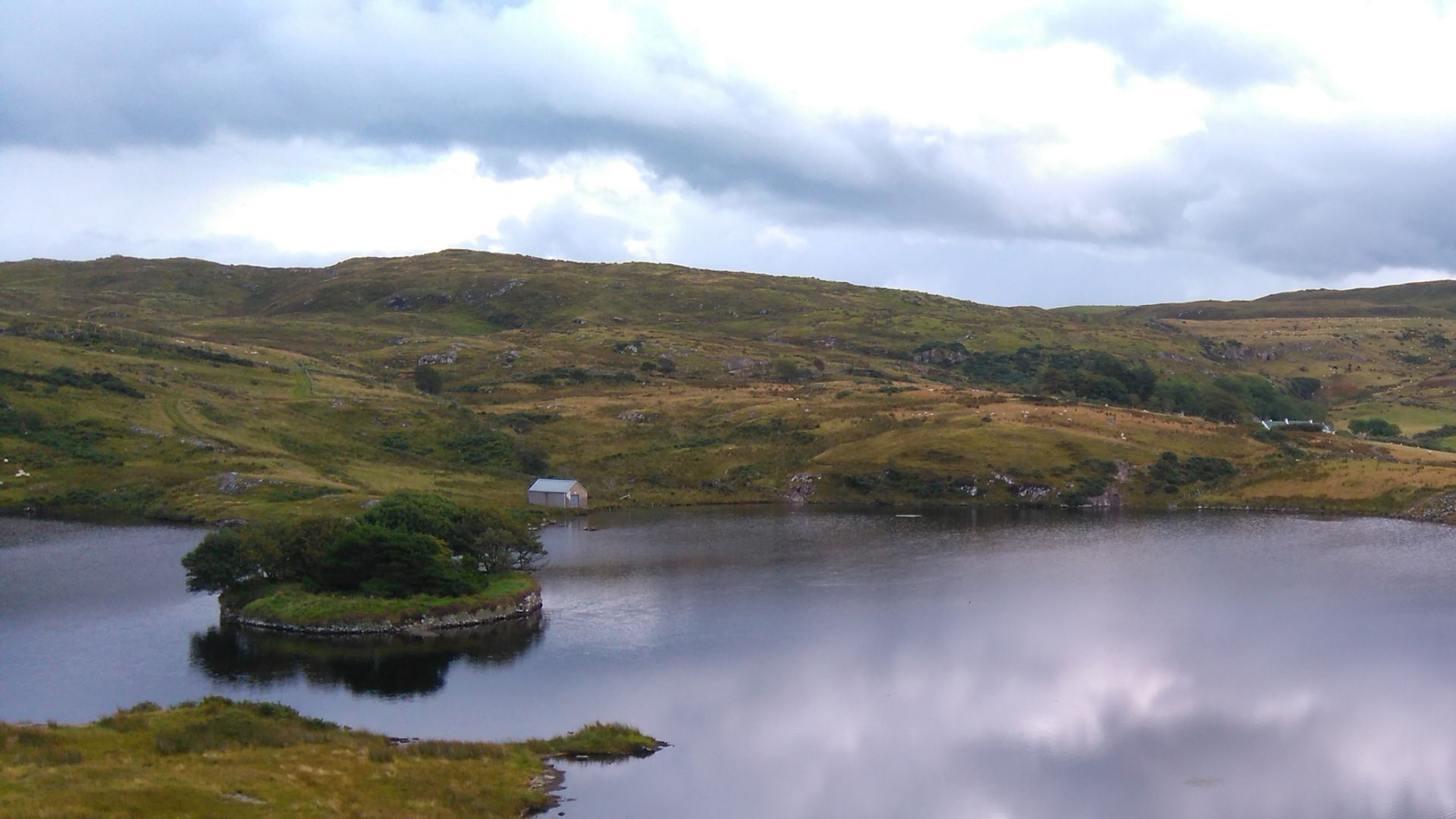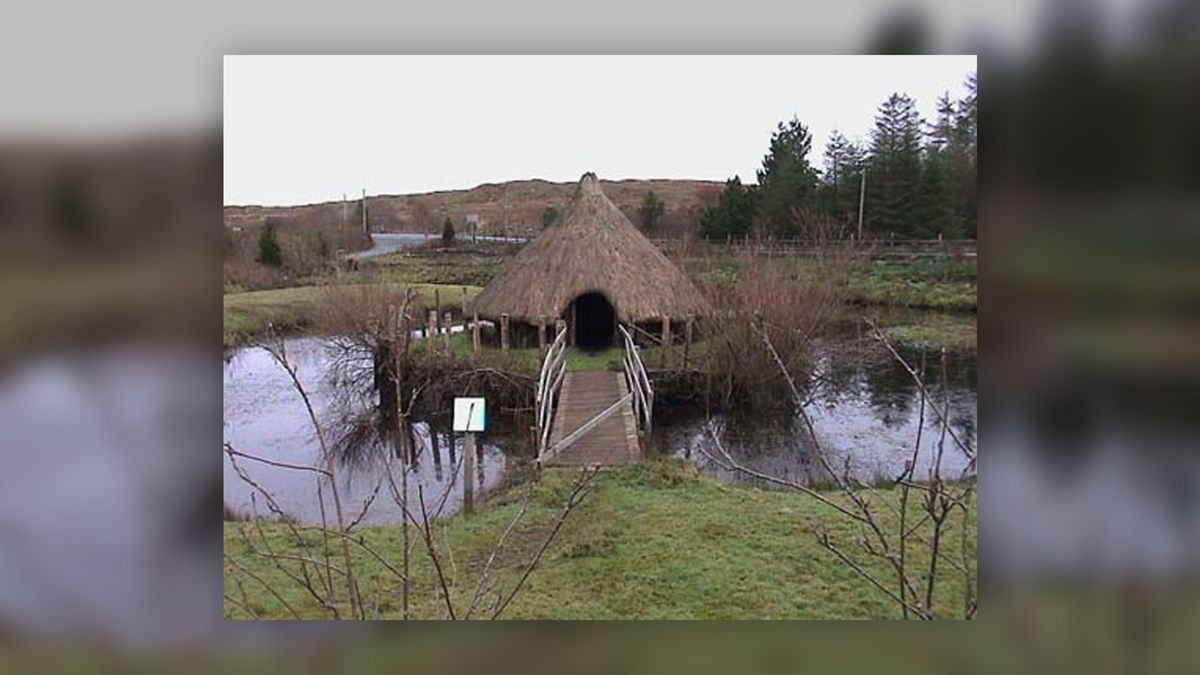Artificial islands surrounding British Isles were used for ancient parties, archaeologists find
Last edited Wed Sep 28, 2022, 07:33 AM - Edit history (1)
By Kristina Killgrove published about 12 hours ago
Ancient elites partied on human-made islands.

A view of the Fair Head crannog in Northern Ireland. (Image credit: Brown, A.G. et al (2022); Antiquity Publications Ltd)
Just as waterfront mansions are status symbols for today's rich and famous, ancient artificial islands in the British Isles known as crannogs may have been used by elites to display their power and wealth through elaborate parties, a new study finds.
A crannog is "an artificial island within a lake, wetland, or estuary," Antony Brown of UiT Arctic University of Norway and colleagues wrote in a study published online Wednesday (Sept. 28) in the journal Antiquity(opens in new tab). Hundreds of crannogs were created in Scotland, Wales and Ireland, between 4,000 B.C. and the 16th century A.D., by building up a shallow reef or an elevated portion of a lakebed with any available natural material — such as stone, timber or peat — to a diameter of nearly 100 feet (30 meters). A lot of trade and communication occurred along the lakes and estuaries where crannogs were built. Used as farmsteads during the Iron Age (eighth century B.C. to the first century A.D.), crannogs evolved into elite gathering places in the medieval period (fifth to the 16th centuries A.D.), according to evidence of feasting and plentiful artifacts, such as pottery, uncovered there.
Wetland sites are much more difficult to study than those on land, so the archaeology of crannogs is a relatively new undertaking. Brown and colleagues investigated one site in Scotland (500 B.C. to A.D. 10) and two in Ireland (A.D. 650 to 1300) to better understand the purpose of these crannogs. They did it by sampling each site's halo, or the spread of archaeological material from the center of the site.
"The lakes are shallow around the crannog; material is quickly deposited there and never washed away," Brown told Live Science in an email.
. . .

A reconstruction of the Connemara crannog in Ireland (Image credit: Brown, A.G. et al (2022); Antiquity Publications Ltd)
More:
https://www.livescience.com/ancient-elites-partied-on-crannogs-uk

